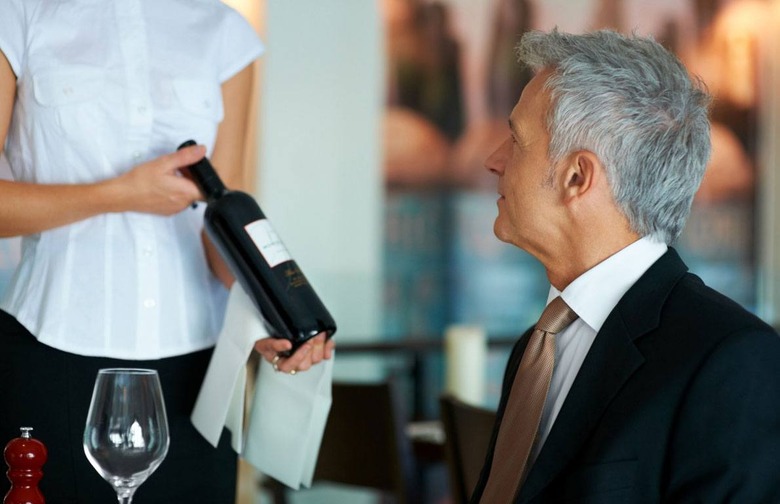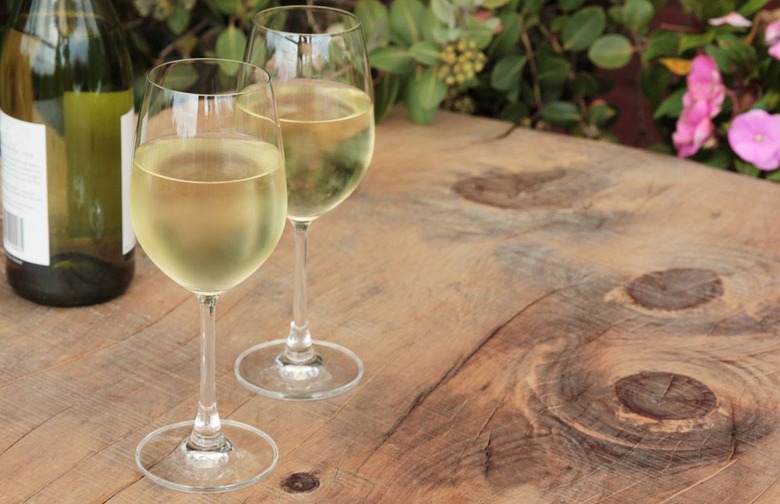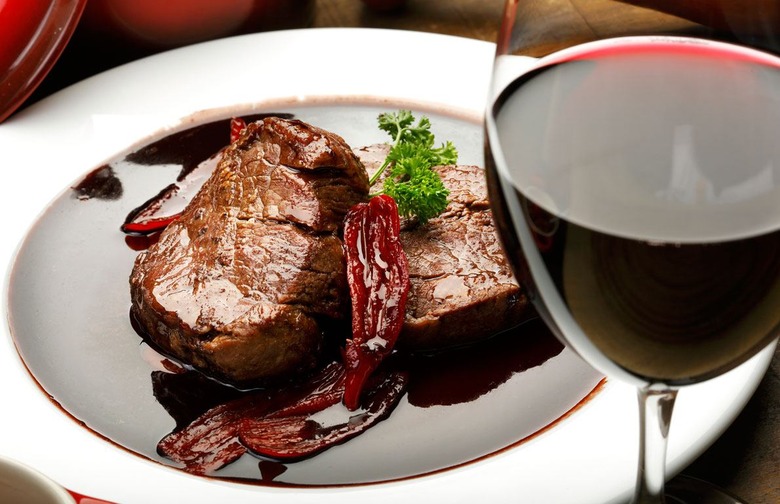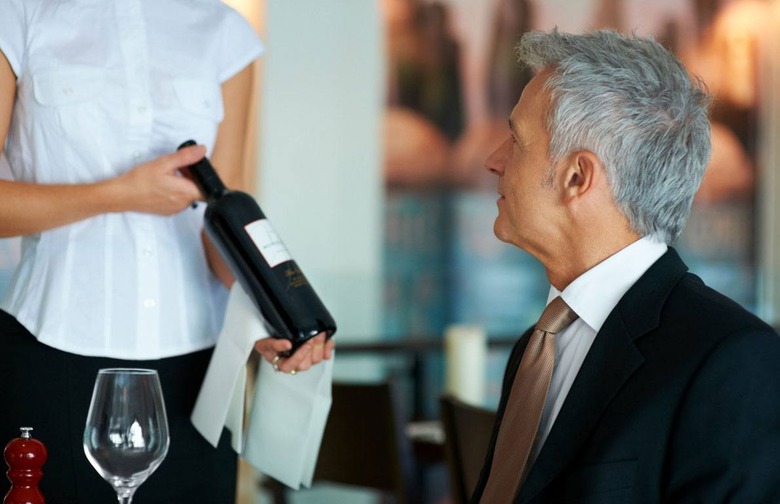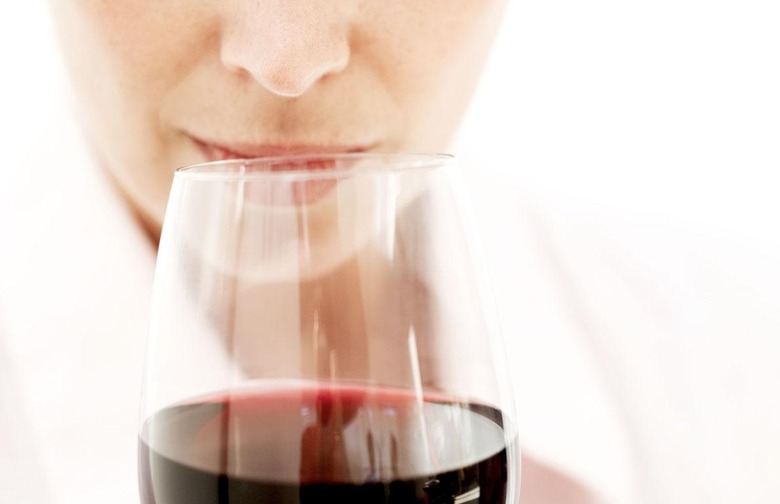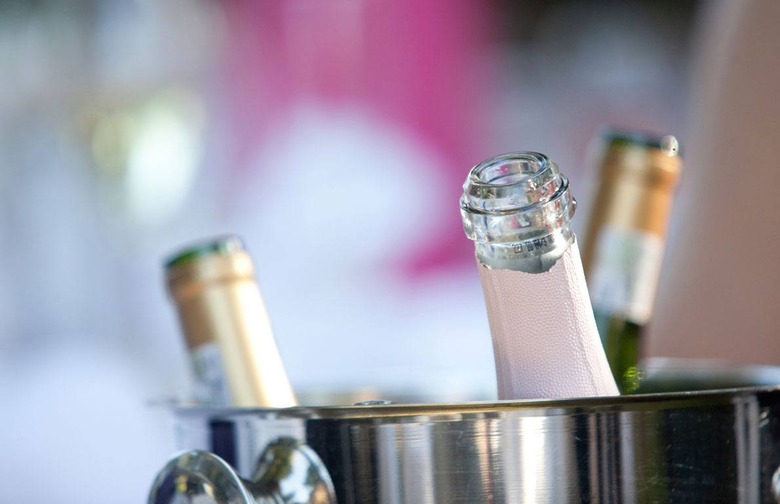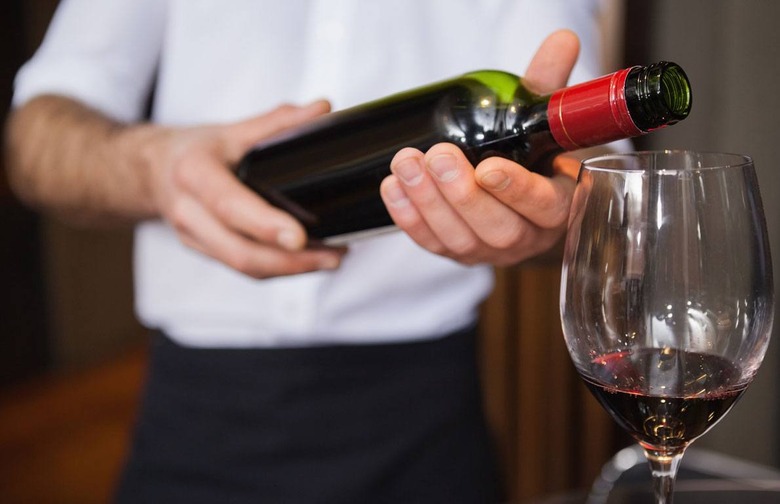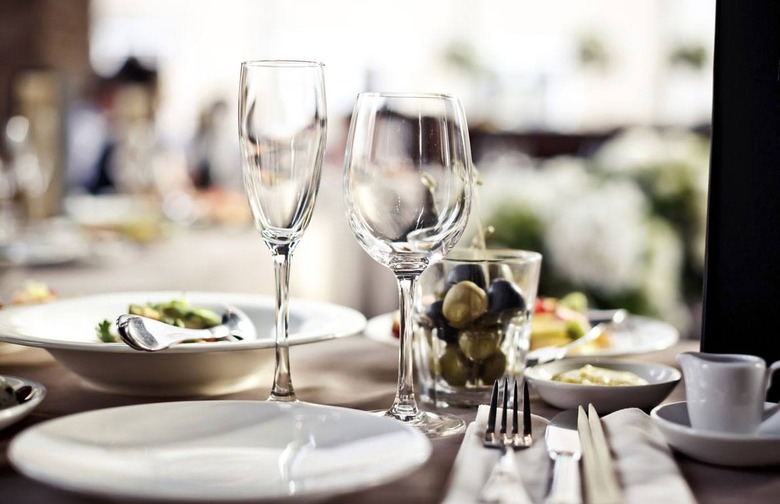10 Tips For Ordering Wine In Restaurants Slideshow
Feeling comfortable about ordering — and enjoying — wine in restaurants is a very achievable goal for people who want to expand their knowledge of the topic. Of course, it helps if you start with the right attitude: one of quiet confidence.
Stand Your Ground!
Don't be intimidated by the wine list, no matter how long it is. At most restaurants, you can get good wines in the $30–$45 range. Casually look through the whites and reds in your price range and see if you see anything familiar. Make a few mental notes, then go to the food menu.
Whites First
Unless everyone orders all seafood, you will probably want at least a bottle each of white and red wine. Order the white first while people are making their choices (unless you've brought cocktails to the table). Many appetizers and first courses are also designed to go with white wines.
Safe Choices
When in doubt, order the second-least-expensive sauvignon blanc and cabernet sauvignon. Most people know and like those wines, and together they go with almost any food choice. Plus, almost any list will have two or three of each. And no one will think you're just being cheap.
Help the Help
Ask everyone their entrée choices, then make your main-course wine choices. Tell the sommelier or waiter your thoughts about the wine pairings and ask what he or she thinks. This tells them your wine preferences and price range, and they can make suggestions that fall within these ranges.
Make Sure the Wine Arrives Before the Food
You should never be served food and have to wait for wine. When ordering, emphasize to the sommelier that you want wine on the table — opened, tasted, approved and poured — before any food comes out. That goes for red wine, too. It can take a few breaths and be ready when you need it.
Label, Yes. Cork, No
The biggest mistake I find in restaurants is being brought the wrong wine by accident. Always check the label. On the other hand, there is no need to sniff the cork or fondle it. If there is anything wrong with the wine, you will know when it's poured.
Don’t Go Hollywood
Don't make a production of tasting the wine. Quickly smell the wine for bad aromas — musty or funky smells or oxidation. A sip will tell if the wine is fresh and sound, or should be rejected. Some restaurants won't object, but it's bad taste to send a wine back just because you don't like it.
Dump the Ice Bucket
Sparkling wines and white wines should be stored chilled. You can tell when you taste if it has been (or put the back of your hand to the bottle). If it's well-chilled, don't accept an ice bucket — they are drippy and messy. Anyway, any respectable table can finish a bottle before it gets warm!
It’s Your Bottle
With a small party, request the waiter to leave the bottle on the table, and let you do the pouring. Why? Waiters get busy just when your glass is empty, they want to pour too much, and they don't know who has decided they don't want any more. Remember: You're not being rude.
Think Ahead
Finally, do a few periodic checks about how much wine is left in the bottle and how much food is uneaten. Ask everyone if they want more wine and re-order before you run out. Restaurant wine is like retirement savings — you want to have enough, yet not leave too much behind.
